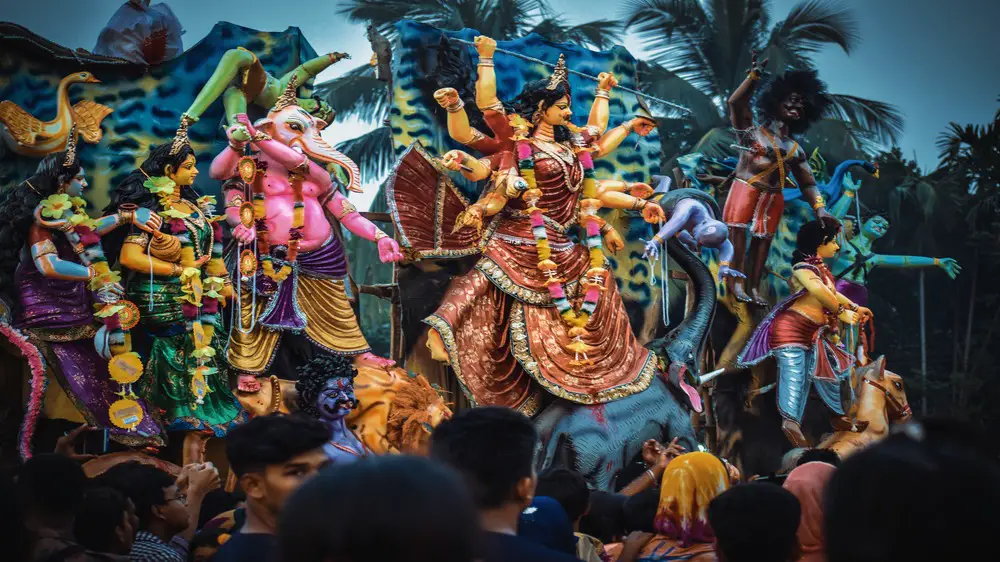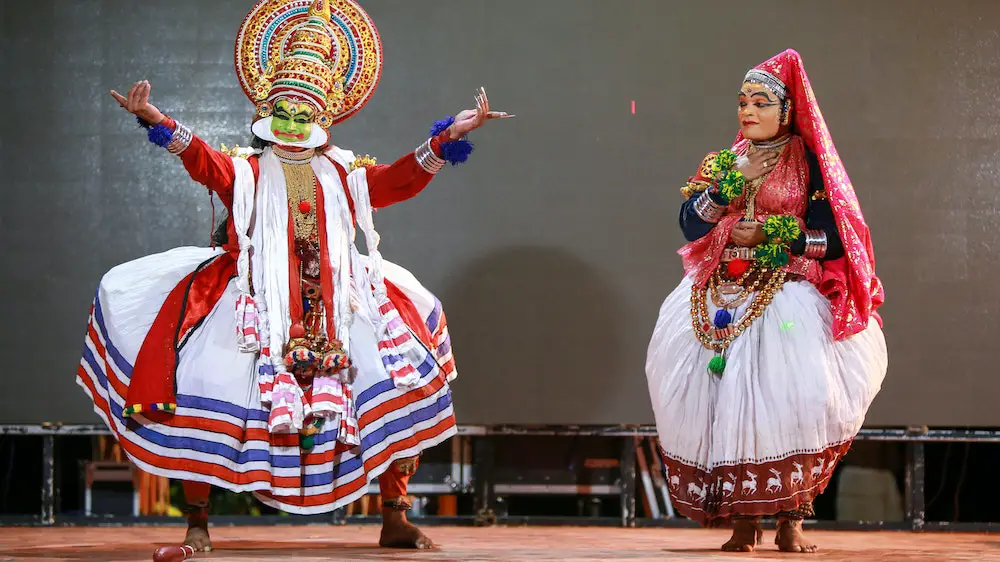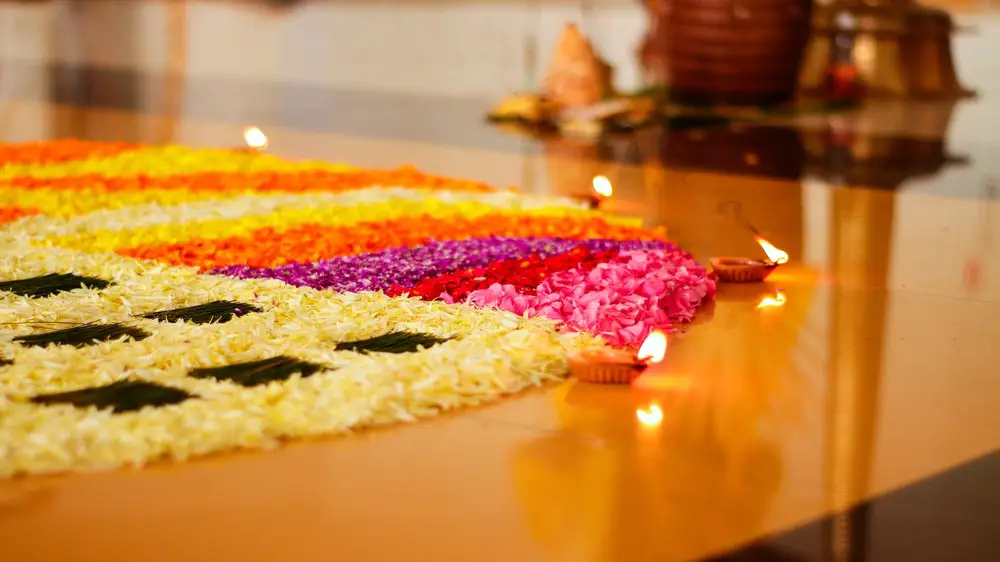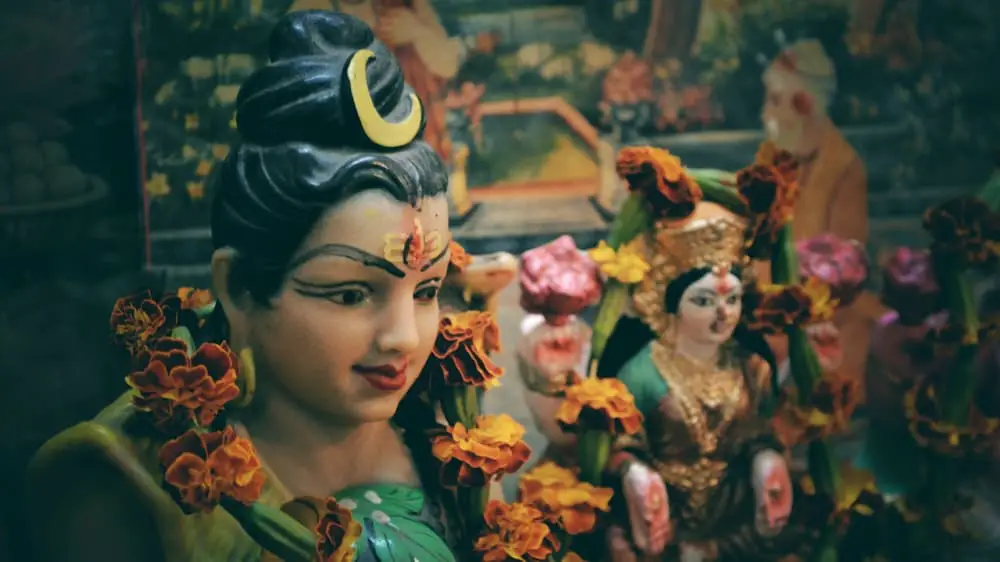Celebrating Durga Puja: The History behind the festival
Durga Puja/ Durga Pujami is a nine-day Hindu festival that falls from September -October. It is celebrated across India with much enthusiasm and pomp every year. However, its origin and significance date back to thousands of years ago when it was first celebrated as Maha Durga Maas or Great Goddess Durga.
The word ‘Puja’ means to worship and the worship of Durga takes place on the first day of the festival i.e., Dashamata Purnima (the tenth day of the Navratri). The celebrations continue for eight more days known as Ashta Lokas or Eight Lakshmis. According to Hindu mythology, Goddess Lakshmi came out from Vishnu’s navel after which she chose eight places for her residence called ‘Lokas’.
Hence, the festival is also referred to as Durgapujan or One who Fosters (or Protects) Durga. Let us take a look at some interesting facts about this age-old tradition that you may not have known about.
Durga Puja Celebrations: What Does It Consist of?
Durga Puja is a special nine-day festival observed in honour of the goddess Durga. The festival is celebrated with great fervour across India. The celebrations are as follows:
Maha Durga Puja: This festival is celebrated on Dashamata Purnima when people gather in the morning and pray to Goddess Durga. This is followed by worship that lasts for three hours.
Navaratri: This is the period when the marriage of Goddess Durga takes place. It is celebrated for nine days during which the Goddess is worshipped in a very special manner.
Shashthi Puja: During this Puja, people worship various forms of Goddess Durga.
Arghyadha Puja: This is the final Puja that takes place on the last day of the festival. It is also known as Vrat Puja as it is observed to get rid of the sins committed during the Navratri and shashthi pujas.
Durga Puja History and Importance
The Durga Puja festival is an age-old tradition observed in honour of the goddess Durga. Durga is worshipped as the protector who not only blesses the people with food but also fights evil forces. The significance of the festival lies in the fact that it is celebrated to invoke the goddess who is believed to be present all around us. The festival is celebrated across India and Nepal with much fervour.
The festival is believed to have been first celebrated as Maha Durga Maas or Great Goddess Durga. The name Durga Puja is derived from the words ‘Durga’ and ‘Puja’. Another known name for Maa Durga is ‘Durgatinashini’: one who takes away evil and pain. Maa Durga was incarnated to protect her devotees from worldly evil. Every year Durga Puja marks the victory of Maa Durga defeating demon king Mahishasura.
The festival is celebrated for nine days starting on the Ashta Lokas or the eighth day when people worship the Goddess in their homes, temples and Maths. The festivities begin with the worship of the Goddess and continue till the tenth day when the Goddess is taken out in a procession called ‘ Rath Yatra ’. The importance of the Puja is believed to be in the cultivation of love and respect for the goddess.
What Is Dashamata Purnima?
Dashamata Purnima is the tenth day of the nine-day Durga Puja festivities. It is also known as the Vijayadashami and marks the victory of Goddess Durga over all evil forces. On this day, people worship the goddess in the morning and the evening they celebrate her victory by lighting bonfires.
People also make divine sweets, offer prayers to Goddess Durga and decorate their homes, temples and Maths with marigold flowers. In historic texts, it is said that Goddess Durga looked for a place for her puja and found eight beautiful places that she called ‘Lokas’. Hence, the tenth day of the festival is also known as Dashamata Purnima.
Meaning of Ashta Lokas and Other Important Days in Durga Puja
The significance of the nine days of Pujas lies in the fact that they are celebrated to invoke the goddess who is believed to be present all around us. The festival is celebrated across India and Nepal with much fervour. The celebrations begin with the worship of the goddess on Maha Durga Puja day when people worship Goddess Durga in their homes and temples.
On the eighth day of the festival, ‘Dashamata Purnima’ is observed when people worship Goddess Durga at the places where she had appeared to bless the people. On the tenth day of the festival, the goddess is believed to have defeated the evil forces and hence is celebrated as the victorious goddess.
Celebrations During Ashta Lokas
During the eight days of Ashta Lokas or Eight Lakshmis, people observe celebrations in their homes and temples. People offer worship to the goddess and celebrate mythological stories by decorating their houses, temples and Maths with flowers, lamps, rangolis and other items.
People also offer prayers, observe fasts and recite hymns. On the final day of the festival, Arghyadha Puja, people worship Goddess Durga to remove the sins committed during the previous nine days of Pujas. On the final day of the Puja, people also observe Vrat Puja and fast to get rid of their sins committed during the previous nine days of Pujas.
People tie strings around their wrists and ankles and jump 10 times between the houses believing that it will give them the courage to fight against evil forces in the world.
So this Durga Puja gets ready for celebrating and welcoming Goddess Durga with double zeal and enthusiasm.



